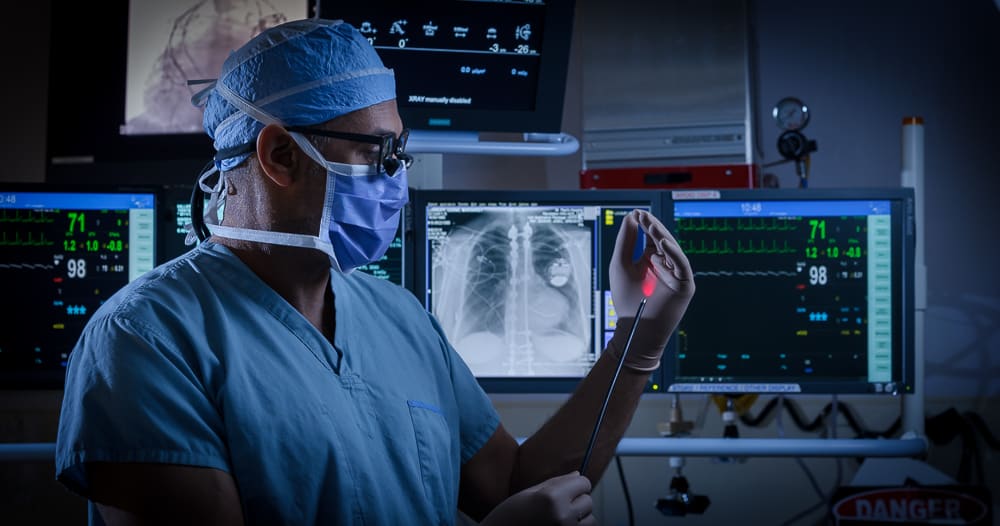The following story is by Aaron McArthur, Global News. Click here to watch the Global News video coverage.
“At first I thought I was struck by lightning.”
That was Sherry Robinson’s reaction after she was woken up by indescribable pain one morning at her home on the Sunshine Coast.
The mother of three suffers from a rare cardiac condition and needs a pacemaker/defibrillator to manage it. One of the leads — the long wires that attach the device to the heart muscle — had fractured and was shocking her repeatedly with 80 joules of energy.
“It shocked me 18 times,” Robinson said.
The device that was implanted to save her life was now very likely killing her, and she needed to get to the hospital as soon as possible.
There are hundreds of thousands of people around the world who require pacemakers and defibrillators to manage heart conditions. The devices work well, but the leads can prove to be the weak link. They are prone to fracturing, and there have been a number of massive recalls. Robinson has had her leads replaced three times since 2005.
Her surgeon, Dr. Jamil Bashir, says the extraction procedure is complicated.
“If the wires break or get infected we have to go in and get them…fix the device and keep the heart going at the same time,” he said.
St. Paul’s has become a world leader in the retrieval and insertion of new leads. Robinson’s third trip to the OR was actually the hospital’s 1,000th procedure. The surgeons use what is known as an excimer laser to cut away scar tissue and free up the wire that is pulled out from a small incision in the patient’s chest. The laser is expensive ($250,000 was provided by the St. Paul’s Foundation).
Dr. Bashir said St. Paul’s is now a resource for the entire country and a world leader.
“We have patients from Saskatchewan, Yukon, Northwest Territories,” he said.
Robinson had a new type of device implanted in her chest, one that doesn’t actually touch her heart. A wire is placed just under the skin and monitors her heart remotely. It’s much more robust, much less invasive, and much easier to fix if there is a problem.
Bashir says it is only an option for a minority of patients.
“For anyone who needs pacing and defibrillation the only option is still physically attaching the leads to the heart.”
For Robinson this new technology should keep her out of the hospital for years to come.
